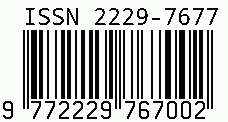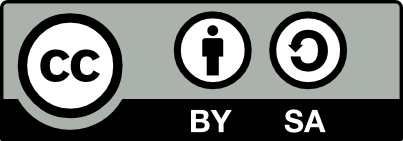
International Journal on Science and Technology
E-ISSN: 2229-7677
•
Impact Factor: 9.88
A Widely Indexed Open Access Peer Reviewed Multidisciplinary Bi-monthly Scholarly International Journal
Plagiarism is checked by the leading plagiarism checker
Call for Paper
Volume 16 Issue 4
October-December 2025
Indexing Partners



















The Impact of LMS Interface Design on Learner Satisfaction and Performance
| Author(s) | Suman |
|---|---|
| Country | India |
| Abstract | Learner satisfaction and academic achievement are examined in this study as they pertain to the design of Learning Management System (LMS) interfaces. The importance of comprehending how interface components impact user experience cannot be overstated, given the increasing dependence on digital learning systems. This study explores the impact of Learning Management System (LMS) interface design on learner satisfaction and performance. As digital education becomes increasingly prevalent, the usability and effectiveness of LMS platforms play a crucial role in shaping learners’ academic experiences. A well-designed interface enhances user engagement by ensuring ease of navigation, accessibility of course materials, timely feedback, and effective communication with instructors. This leads to greater satisfaction and improved performance by reducing cognitive load and increasing learning efficiency. Conversely, a poorly designed LMS can cause confusion, frustration, and disengagement. The study emphasizes the need for user-centric design in LMS development to foster a more productive and satisfying learning environment. Insights gained from the study can help academic institutions, teachers, and LMS developers create more efficient online classrooms. |
| Published In | Volume 16, Issue 1, January-March 2025 |
| Published On | 2025-01-08 |
| DOI | https://doi.org/10.71097/IJSAT.v16.i1.4817 |
| Short DOI | https://doi.org/g9sr76 |
Share this


CrossRef DOI is assigned to each research paper published in our journal.
IJSAT DOI prefix is
10.71097/IJSAT
Downloads
All research papers published on this website are licensed under Creative Commons Attribution-ShareAlike 4.0 International License, and all rights belong to their respective authors/researchers.

